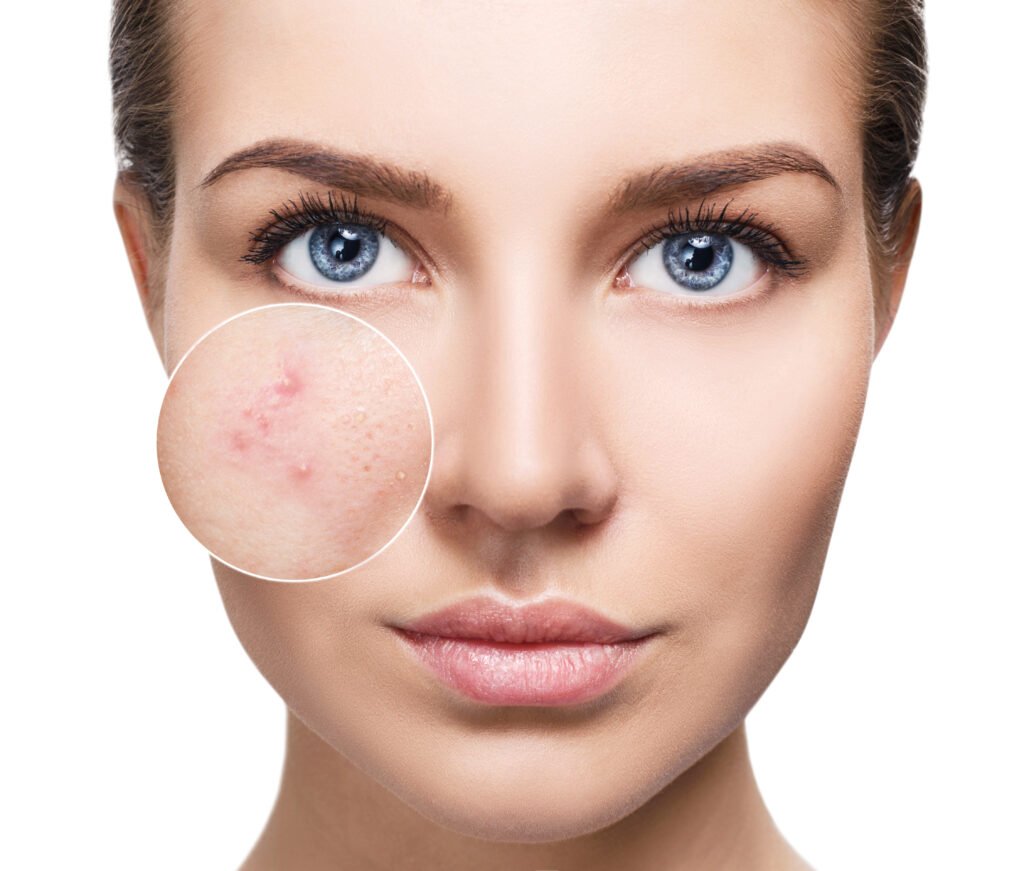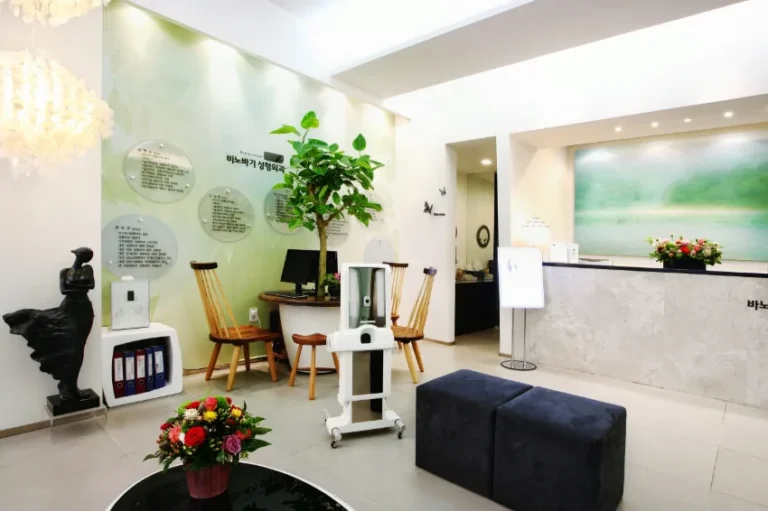Korea is world-renowned for its dermatology and laser technology—especially when it comes to treating acne. But not all acne is the same, and laser treatment isn’t a one-size-fits-all solution. Before jumping into sessions, it’s important to understand whether your acne type is a good match for laser therapy.
In this medically guided article, we explore how Korean dermatologists evaluate acne types, when lasers are appropriate, and what results you can realistically expect from treatment.
🔍 First: Understanding Your Acne Type
Acne can be categorized based on severity, depth, and cause. Korean clinics typically group acne into the following types during diagnosis:
| Acne Type | Characteristics | Common Causes |
|---|---|---|
| Comedonal Acne | Whiteheads, blackheads, clogged pores | Hormones, buildup of sebum and dead skin |
| Inflammatory Acne | Red, swollen pimples or papules | Bacterial overgrowth, hormonal triggers |
| Cystic Acne | Large, painful nodules or cysts | Deep inflammation, often hormonal |
| Hormonal Acne | Chin and jawline acne flares during cycle | PCOS, stress, androgens |
| Post-Acne Marks | Brown/red spots or shallow scars after breakouts | PIH (hyperpigmentation), atrophic scarring |
✅ When Laser Treatment Is a Good Option
Korean dermatologists recommend laser treatments in the following situations:
✅ 1. Moderate to Severe Inflammatory Acne
- Why it works: Lasers like PDL, IPL, or LDM reduce inflammation, kill acne-causing bacteria (C. acnes), and shrink oil glands.
- Expected result: Reduction in red, swollen pimples within 3–5 sessions.
🔬 “Laser is ideal when patients don’t respond well to antibiotics or have side effects from medication,” says Dr. Lee Jung-Ho, a laser dermatologist in Gangnam.
✅ 2. Oily Skin With Frequent Breakouts
- Why it works: Korean clinics use Gold PTT Laser or Erbium Glass to reduce sebum production.
- Expected result: Long-term reduction in oiliness and acne recurrence.
✅ 3. Post-Acne Pigmentation (PIH)
- Why it works: Lasers such as IPL or Q-switched Nd:YAG target melanin to fade brown or red acne marks.
- Expected result: Gradual lightening over 3–6 sessions.
✅ 4. Early Acne Scarring
- Why it works: Fractional lasers (like Erbium Glass) help resurface shallow scars and stimulate collagen.
- Expected result: Improved skin texture and smoother appearance.
✅ 5. Patients Who Can’t Tolerate Oral Medications
- Why it works: Laser therapy is a non-systemic option for patients with liver issues, allergies, or pregnancy concerns.
- Expected result: Safer long-term acne control without systemic side effects.
⚠️ When Laser May Not Be the First Choice
Laser treatments may not be the best standalone option in certain cases:
⚠️ 1. Severe Cystic Acne
- Why: Deep cysts often require systemic treatment like oral isotretinoin or hormonal therapy.
- Best approach in Korea: A combination of laser + oral medication prescribed by a dermatologist.
⚠️ 2. Hormonal Acne
- Why: Lasers can reduce surface breakouts but may not prevent hormonally triggered flare-ups.
- Best approach in Korea: Hormonal balancing + laser maintenance.
⚠️ 3. Active Skin Infection or Dermatitis
- Why: Lasers may worsen flare-ups if the skin is already compromised.
- Best approach in Korea: Calm inflammation first using prescribed topicals, then reassess for laser therapy.
⚠️ 4. Patients With Keloid History
- Why: Some laser types may trigger abnormal wound healing or pigmentation.
- Best approach in Korea: Use non-ablative or low-intensity lasers under specialist supervision.
🧑⚕️ How Korean Clinics Determine Eligibility
Before recommending treatment, most Korean dermatology clinics perform:
- VISIA skin imaging or dermatoscope exam
- Skin typing (Fitzpatrick scale)
- Oil and hydration level testing
- History of medications or allergies
- Customized treatment plans (laser + topicals or prescription meds)
Patients may also receive trial spot treatments to test skin response before a full-face session.
🧴 Common Lasers Used in Korea by Acne Type
| Acne Type | Recommended Lasers | Frequency |
|---|---|---|
| Red pimples (inflammatory) | IPL, PDL, LDM | Weekly to biweekly |
| Oily skin/comedones | Gold PTT, Er:YAG | Every 2–4 weeks |
| PIH (pigmentation) | Q-switched Nd:YAG, IPL | Every 3–4 weeks |
| Mild scarring | Erbium Glass, Fraxel | Monthly or every 6 weeks |
✈️ Bonus for Medical Tourists: What to Ask at a Korean Clinic
If you’re traveling to Korea for acne laser treatment, ask:
- Is this laser suitable for my skin tone?
- How many sessions do you recommend for my acne type?
- Will I need a combination of treatments (e.g., laser + topicals)?
- What’s your protocol for side effects like PIH?
- Can I get a follow-up plan for once I return home?
Most major clinics in Seoul offer services in English, Chinese, or Japanese, and some offer custom acne programs (3–7 sessions over 1–2 weeks for travelers).
📌 Summary: Is Laser Right for You?
| Acne Type | Laser-Only Suitable? | Ideal Approach |
|---|---|---|
| Mild–Moderate Inflammatory | ✅ Yes | Laser alone or + calming topicals |
| Oily skin with comedones | ✅ Yes | Gold laser or IPL |
| PIH (Post-acne pigmentation) | ✅ Yes | Q-switched laser + brightening |
| Severe Cystic Acne | ❌ No | Laser + oral meds |
| Hormonal Acne | ⚠️ Sometimes | Hormonal control + laser |
| Scarring | ✅ Yes | Erbium Glass or fractional lasers |
👩⚕️ Final Thoughts From Korean Dermatologists
“Lasers are a powerful tool, but they must be matched to the acne type and skin condition,” explains Dr. Hwang Soo-Min, a laser specialist in Seoul. “In Korea, we emphasize combination therapy tailored to each patient—not just using one solution for everyone.”
Laser treatment in Korea can be a transformative option—but only if it’s aligned with your specific acne condition. A proper diagnosis and personalized plan will ensure you get the safest, most effective results.




